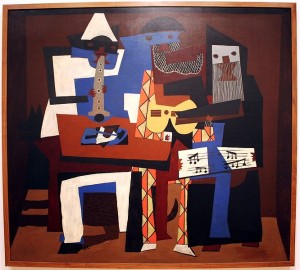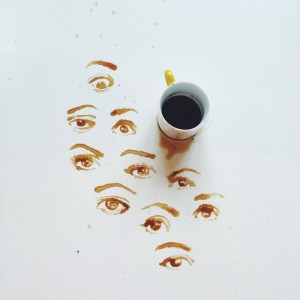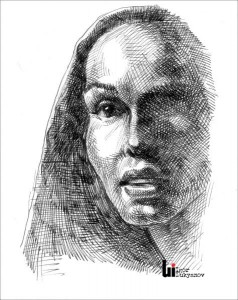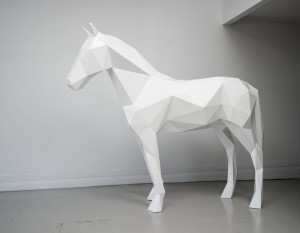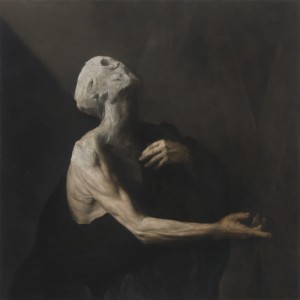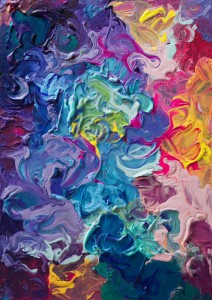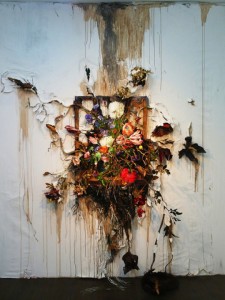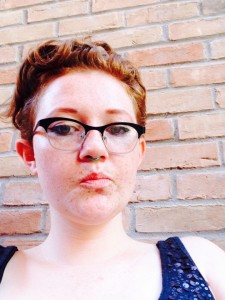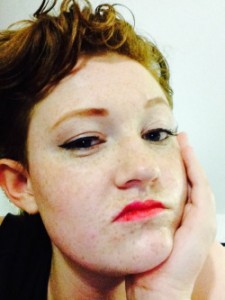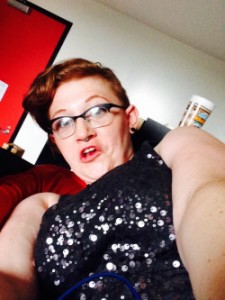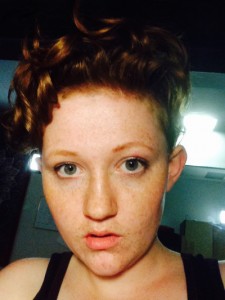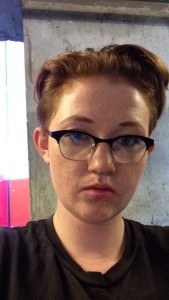QUESTIONS:
1. Based upon the reading how are priorities set for specific projects? Or in other words, what is it that determines the guidelines for given projects?
Priorities for designers and artists are set for certain projects based on the artist or designer’s constraints, guidelines for production, and ethics. According to N55, art can be given purpose only after the assumption that the purpose of political action is to uphold and create human rights. The artist must be conscious of large concentrations of power and the potential for them to cause damage. The artist must be concerned with creating consciousness about this and focus on organizing smaller concentrations of power to encourage protection of human rights. Art must first and foremost be structured to respect all human rights. According the Superflex, art offers possibility for public debate and discussion of social, economic, and political issues. Projects operating on a variety of platforms and drawing from multiple readings and points of view are the most effective at stimulating conversation. The priorities for an artist or designer is given within the guidelines of their own ethics and the ethics of those who commission their work.
2. How does the artist/ designer approach decision making differently or do they?
Each artist approaches decisions based upon their own system of thinking and their own ethical considerations. This is shown in the differences and similarities of decision-making with each artist and designer. According to N55, decisions are made based within human behavior and experience, and therefore must be focused within political action to uphold human rights. According to Lind, artists make decisions based on each other’s work, effectively “cannibalizing” each other’s work. Some approach decision-making through the aesthetics of a piece, while others approach decision-making through the political, social, and economic implications of their work. N55 and Superflex both approach their decisions from a political and social perspective, while Coupland and Lind approach decisions through more philosophical and aesthetic reasoning.
PERSONAL REFLECTIONS:
1. How do you make decisions? Are they based upon anything substantial? Why or why not?
I make preliminary designs influenced by social, political, and philosophical perspective, but as the process continues I base craft on the aesthetics of the project. However, my artistic process is fluid and not based on a substantial set of reasoning and decision-making. I tend to view art as a cerebral process that must be thought through without relying on a set of substantiated rules and dogma. Much like Lind, I agree that art is a multitude of philosophical, emotional, psychological, and societal questions that one person cannot create a solid process around.
2. How do you know when something is “good” or working?
The idea of “good” art is, I believe, subjective. While art can be judged on objective standards such as craft, balance, and attention to detail, no one can objectively judge whether or not something is “working” or good art. Art is, I believe, governed by the people, and they have the final say on whether an art piece is “good.” Despite any sort of political system or era in time, art has existed in a vacuum of political or economic influence, though it is inspired by both. Art and it’s value cannot be defined as “good” or “bad” by any political, economic, or social dogma. Instead, it can only be defined as good or bad by the independent viewer and their emotional reaction to it, which is subjective, despite archaic psychological themes in our consciousness, such as mythology, religion, and storytelling.
3. How do you rework projects to make them work?
Projects can be reworked through a careful series of edits and analysis. I personally agree with Elliman, who states that, as an editor, one can be just as justified in adding things as well, working out new relationships between elements of the content. Artistic editing can be adding or taking away things. Because the quality and value of art is subjective, editing art is highly philosophical. Some artists and designers edit from within, finding authenticity and detail for their craft by focusing on their own reaction to their work. Others edit from outside influences and collaboration, both by physically working with another person or people or by using archaic themes and influences in their work to improve upon it.
